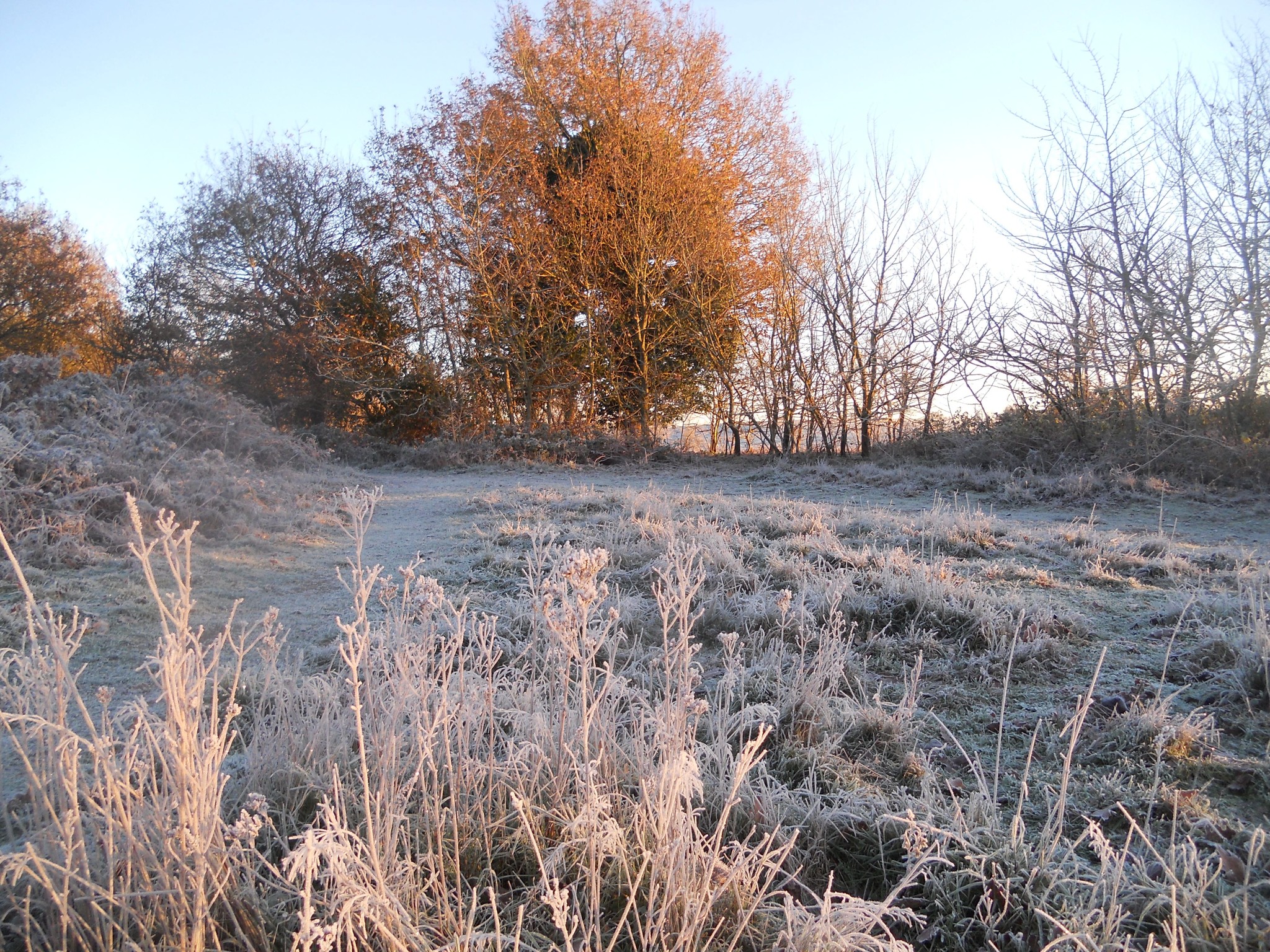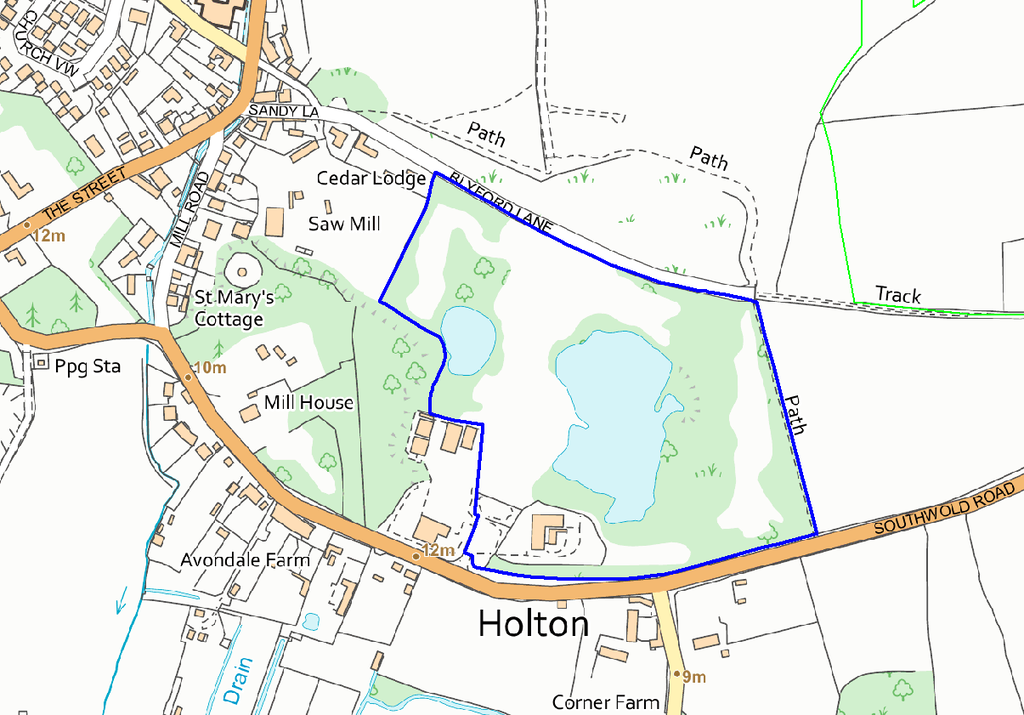ecology
The site was designated as a County Wildlife Site in 1991 with its inclusion in Suffolk’s ‘County Wildlife Sites Register'
Holton Sandpits – County Wildlife Site citation:
“Holton Sandpits lies between Blyford Lane and Southwold Road. This site contains an excellent structural diversity with mature trees, scrub, rough grassland, bare ground and ponds providing opportunities for a wide range of species. It is connected to other green spaces in the area via adjacent woodlands and Holton Pit Site of Special Scientific Interest to the north.
“The site contains two ponds, the larger of which is used for recreational fishing. These ponds and adjacent grassland areas are colonised by common wetland plants such as gipsywort, white water lily, water mint and common reed, with alder and willow scrub on the banks. This habitat will support a range of aquatic invertebrates and provide breeding and over-wintering habitat for amphibians such as common toad.
“The acid grassland is rabbit grazed and has good lichen cover, with large, dense stands of gorse and bramble scrub. This area contains some notable species that are associated with dry, sandy soils, including sheep’s fescue, hare’s-foot clover, buckshorn plantain and mossy stonecrop, which is a nationally scarce species. The grassland, together with the large area of bare ground, provides habitat for invertebrates such as ground-burrowing bees and wasps. The common ragwort provides an essential food plant for the cinnabar moth caterpillar and latticed heath moth has been recorded here. The scrub, together with the area of broad-leaved woodland along the northern edge of the site, provides habitat for a range of nesting birds including summer migrants such as whitethroat and blackcap.”



